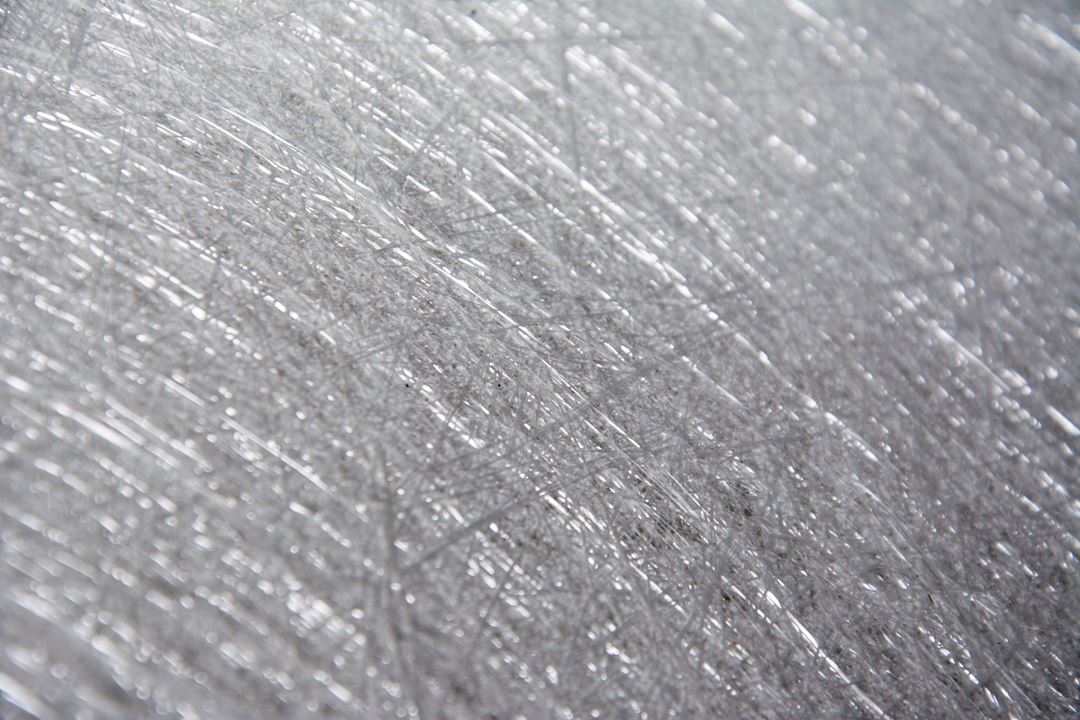Composite products have clear advantages over metal products, such as lower weight, lower maintenance costs and no corrosion problems. The fact that composite products still have a relatively low market share is primarily due to the fact that composite products have so far not been able to communicate unambiguously that they are competitive on product safety and lifetime costs compared with metal products. The lifetime costs are driven by costly, manual, periodic re-tests as well as by the cost of disposing of used products and production scrap. Regular condition detection will increase the product's reliability and will increase the life of the product. Good methods for reuse/recycling will reduce disposal costs for both consumer and producer.
By addressing these two points, researchers from SINTEF Digital, SINTEF Industry and SINTEF Manufacturing will increase the safety of composite products, and will provide a significant improvement in the products' environmental footprint, thereby improving the competitiveness of composite products.
The companies in this project are world-leading players in various parts of the composite market. Hexagon Ragasco produces low pressure containers for gas, Brødrene Aa produces speedboats / ferries and Steni produces façade panels in composite materials.
